Our hormones impact virtually everything we do.
The hormones in a women’s monthly cycle affect nearly every aspect of our day—brain skills, mood, energy, libido, cravings, shopping habits, chattiness, voice, taste buds, extroversion, confidence, pain sensitivity, chronic illness flare-ups, skin health and much, much more.
This is valuable information for women to understand, as it can help connect us to our emotions and why we’re feeling the way we are. Thanks so much to the insightful, Gabrielle Lichterman / Hormone Horoscope. This is beyond fascinating to me.
WEEK 1 – Day 1 (first day of your period) to Day 7
Cycle clues from Gabrielle:
Figuring out when you enter Week 1 is simple: It starts on the first day of your period, which is considered Day 1 of your cycle. This is when estrogen bottoms out, signalling your body to start menstruation. A few hours after your period begins, your estrogen begins to slowly rise and it continues to rise throughout the whole week. This week starts off slow as menstruation zaps your energy and pep. However, as you reach the middle of Week 1, estrogen continues to climb while menstruation peters out, so you’ll likely notice your energy rises, your mood improves, you have a greater desire to socialize and your brain skills steadily improve.
Foods to support Menses from Jenn:
Enjoy foods which aid in digestive function and gentle detoxification, such as lightly cooked leafy greens, steamed broccoli and cauliflower, and plenty of garlic, ginger, cilantro and sea vegetables. If you’re a meat eater, high iron bone broths and wild or pastured meats can be very nourishing and help replenish the nutrients lost in your blood. My favourite teas to enjoy during this time are nettle and rose hip.
Also recommend is raw apple cider vinegar with a small amount of raw honey to alkalize the system, and help with digestion. This is also the perfect time to enjoy all your favourite herbal teas like chamomile, raspberry tea, and ginger root, which will help keep your whole body balanced, reduce cramps and improve energy.
During the menstrual phase do your very best to avoid stimulants. You’ll want to reduce possible inflammation during this time, and stimulating substances have a tendency to rev up the inflammation response, magnifying PMS, menstrual cramping and bleeding. Try taking a nap if you’re feeling sleepy instead of filling up another cup with coffee, and drink plenty of water, as dehydration often leads to low energy and headaches.
Over stimulating and caffeinated substances include: coffee, black tea, processed milky chocolate, (small amounts of pure cocoa is ok! You can also substitute for carob power, which is delicious + caffeine free) energy drinks, yerba mate, alcohol, and refined sugar.
WEEK 2 – Day 8 to Day 14 (or ovulation in your cycle)
Cycle clues from Gabrielle:
You officially reach Week 2 of your cycle 8 days after the first day of your period. But, if you’ve lost track, look for these clues from your brain: you’re more likely to have an upbeat mood, you’ve got a sharper memory, you’re speaking faster and more fluidly, you’re thinking faster, you’re more impulsive and you’re more confident, which are all due to peaking estrogen and testosterone during this week. Your body is also making it easy to determine when you’ve reached Week 2: You have more energy, you’re less sensitive to pain, your libido is revved and your vaginal secretions are clear and thin. The number of days in Week 2 are actually subject to change depending on when you ovulate.
Fascinating Female Hormonal Fluctuations: via The Vibrant Wellness Journal
Foods to support the cycle from Jenn:
During the Post-Menstrual phase it’s important to nourish blood after the menstrual flow of the previous week.
Include whole foods high in protein, fats, folic acid and vitamin B12, which are essential for building the blood. Also important during the Post-menstral phase are foods rich in chlorophyll- that’s all those green goodies: cooked or lightly steamed kale, collards, chard, and bok choy, as well as micro-algaes, and seaweeds (especially dulse, which is high in iron).
Other foods that are nourishing during this time include: nuts and seeds, especially flax and black sesame seeds; sweet fruits: especially berries such as mulberries, goji berries, raspberries, blackberries, cherries, avocado, dates, figs, and apricots (which are high in copper); sweet vegetables such as beets, carrots, potatoes, sweet potatoes, taro; and whole-grains such as oats, and buckwheat.
WEEK 3 – Begins day after ovulation and lasts 8 days (that’s Day 15 to Day 22 in a 28-day cycle)
Cycle clues from Gabrielle:
You officially enter Week 3 one day after you ovulate. In a 28-day cycle, that would be Day 15. Not sure when you ovulated? Not a problem! It’s easy to determine when you’re in Week 3. That’s because one to two days after you ovulate, you may feel lethargic, have intermittent irritability, be mental foggy and forgetful and have a significantly lower sex drive. Why the many sudden changes? Plunging estrogen. Very few women are aware that estrogen actually dips not once, but twice every month—and this is the first of those two plunges. As a result, you may get what I call “pre-PMS” symptoms, which are similar to PMS symptoms, but they only last three to four days rather than the whole week (because estrogen rises again by the middle of Week 3) and are generally less intense. What’s more, progesterone (a sedating hormone) rises all throughout Week 3, bringing down your pep and libido and making you a tad forgetful. Your body also offers another clear-cut signal that you’re in Week 3: Your vaginal discharge becomes thick and cloudy due to rising progesterone.
Foods to support the cycle from Jenn:
Fermented foods have a big place in my heart, and while we should be eating them everyday, enjoying them during the phase of your cycle can be very helpful in reducing those “pre-PMS” symptoms. Raw Sauerkraut, and kimchi, and unpasteurized apple cider vinegar are my favourites, and are easy to find in most grocery and health food stores.
Sprouting is another wonderful way to boost the nutrient content of your foods, which your body will love your for during this phase of your cycle. You can find sprouted alfalfa, radish, broccoli and sunflower sprouts at the grocery store and add them to your meals. You can also sprout just about any seed at home yourself! It’s so easy. Here is a great, step-by-step, how to sprout guide.
A science experiment gone right! These guys are called SCOBY’s (Symbiotic Culture of Yeast + Bacteria) and are used to make Kombuhca. Another great way to incorporate more beneficial bacteria into your diet.
WEEK 4 – Final 6 days of your cycle
Cycle clues from Gabrielle:
Known best for being the PMS week, you’ll probably have no problem figuring out when you reach this week since you may experience sudden bouts of irritability and moodiness. For some women, premenstrual symptoms are intense and frequent; for others, they’re mild; and for some, they change from month to month. Symptoms can range from tender breasts and excess bloating, to feeling a little extra emotionally sensitive. There is one silver lining in your Week 4: Your libido comes back to life and gets more intense the closer you get to your period. Though it’s not due to hormones, researchers say. Instead, they think that as your body prepares for menstruation, it stimulates nerve endings down below. Whoo hoo!
Foods to support the cycle from Jenn:
Spicy foods are very welcomed during this phase, to invigorate the blood, keep the uterus warm and expel cold from the body. Cardamom, cumin, fennel, rosemary + horseradish, are all warming spices. Try and avoid cold foods, especially in the winter months, such as too many raw salads and veggies. Lightly cook, steam or bake your vegetables to assist with their warming nature.
If you suffer from PMS symptoms, you may want to include more healthy fats in your diet: avocado, eggs (try getting a dozen farm fresh from the local Farmers’ Market), organic butter, coconut oil, ghee, wild meat + bone broth, pumpkin, chia and flax seeds + walnuts. You’ll also want to drastically reduce the amount of sugar, caffeine and alcohol you consume. These stimulants can contribute to cramps, heavy bleeding, overly dramatic hormonal fluctuations, and are known for zapping our energy.
So, embrace your cycle. Sometimes it’s just about understanding and tuning in to what your body is needing at different times of the month. Above all, feel better knowing that your moods change, and it’s NORMAL! It’s just all part of being an amazing, beautiful woman.
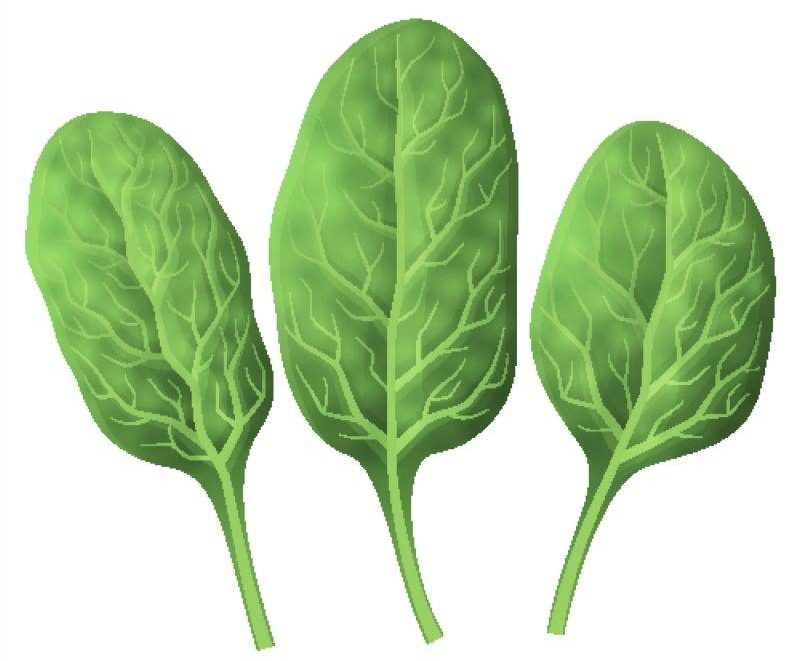
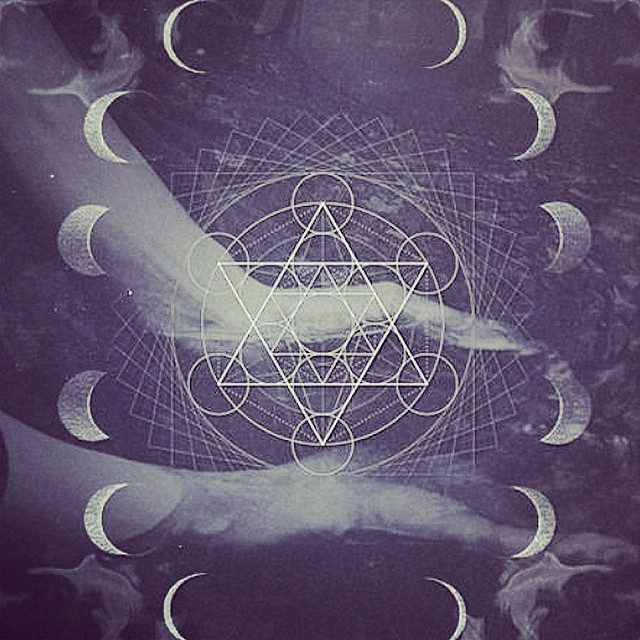

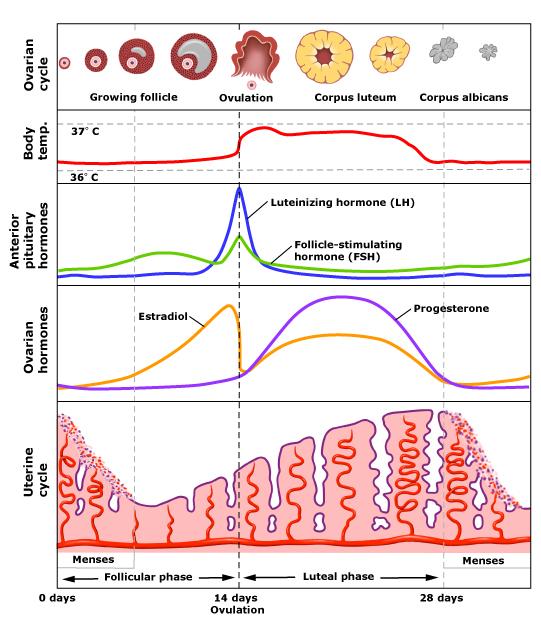
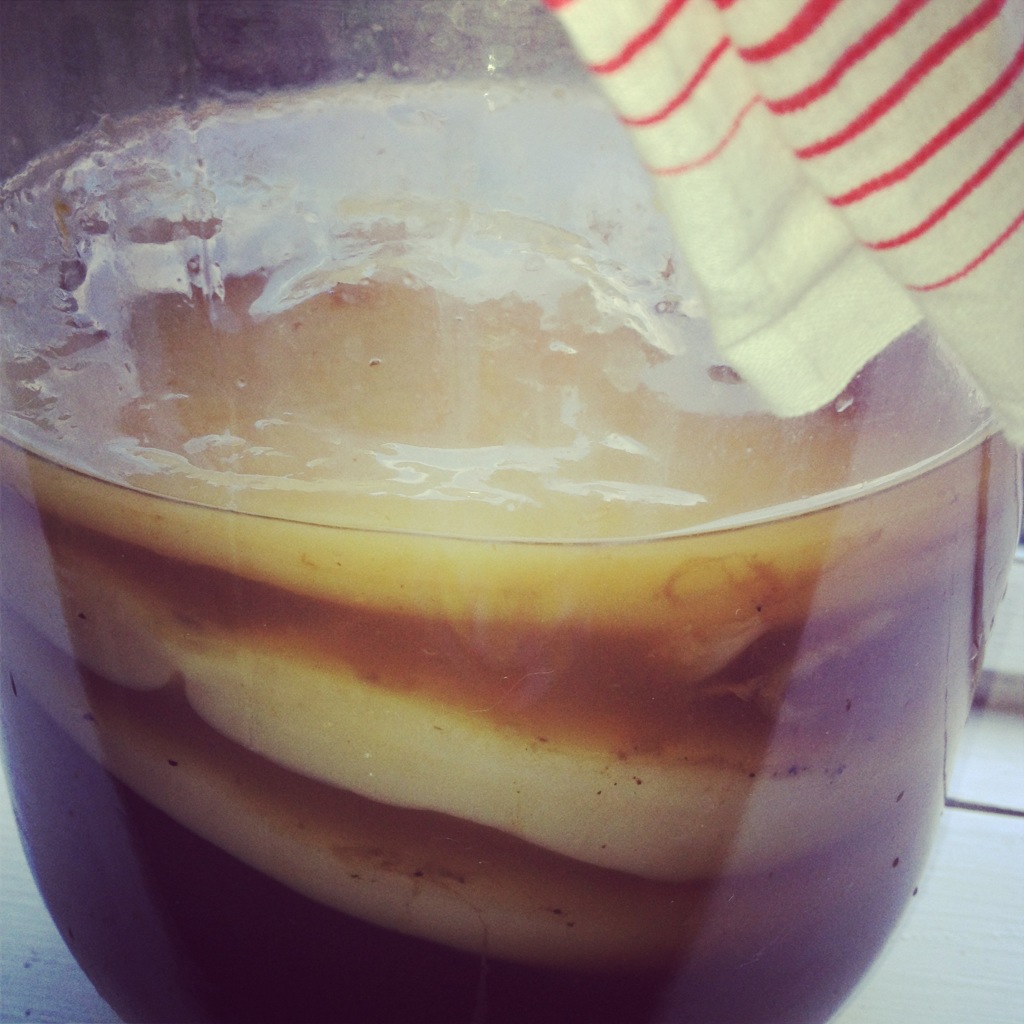
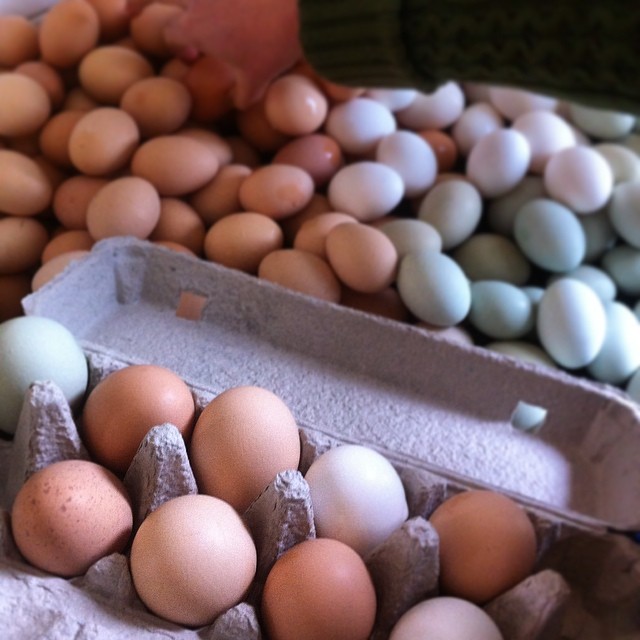


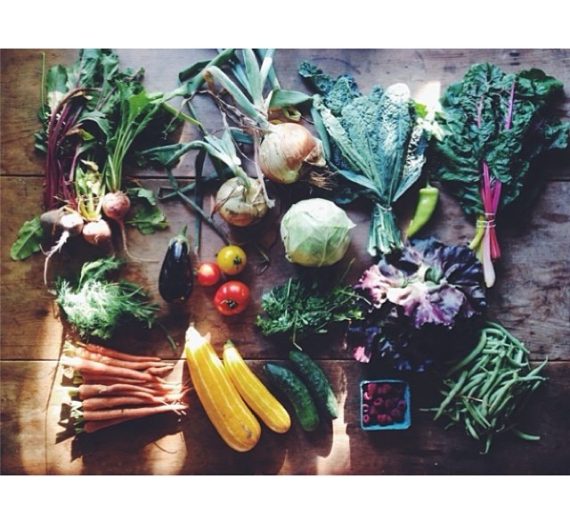
Tamara Terry
Thanks Jenn! wow great info that I’m going to come back to .. this would be a great workshop.
Lisa Morrisin
Hi Jenn! Great article. I, too, will keep coming back to this information. I found it by accident while searching for your bone broth and miso recipe. The link my sister sent me on facebook is broken. Where do I find it? It sounds so yummy, and I just made a crockpot of bone broth. Thanks 🙂
Jennifer Keirstead
Hi, Lisa Morrison!
It’s so nice to hear from you, and that you’re a broth maker too!
I think I’ve finally sorted out the broken link to the bone broth post. Here ya go…
http://jenniferkeirstead.com/bone-broth-w-chickpea-miso-chives/
Sincerely,
Jenn